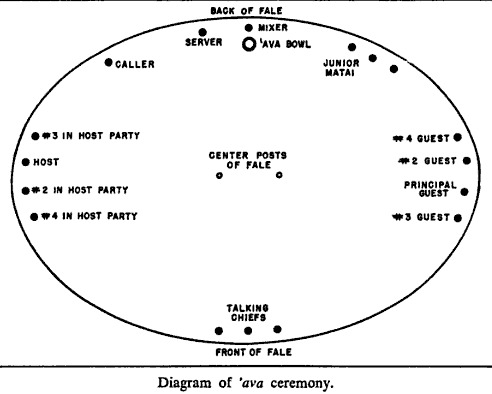Text
Layout of the assignment
I'm trying to present my concept idea in a clear way, so I got a clean layout and a piece of introduction writing.

0 notes
Text
Concept of straight lines
15/10/2017
The lines indicate the connection between people in the tribe, while the term ‘tatau’ means balanced tattooing. The straight line of the pattern also indicate that the link among people would be ongoing by generations.
The long straight line symbolises a fountain, when the chiefs consume the kava drink, it flows from mouth to throat, down to stomach, according to digestive system and the gravity. The straight line fountain represents this holy process.
While the intersecting lines connect at several spots. That represents the blood line between ancestors, family and the people in village. There is always a bond between every single one of them.
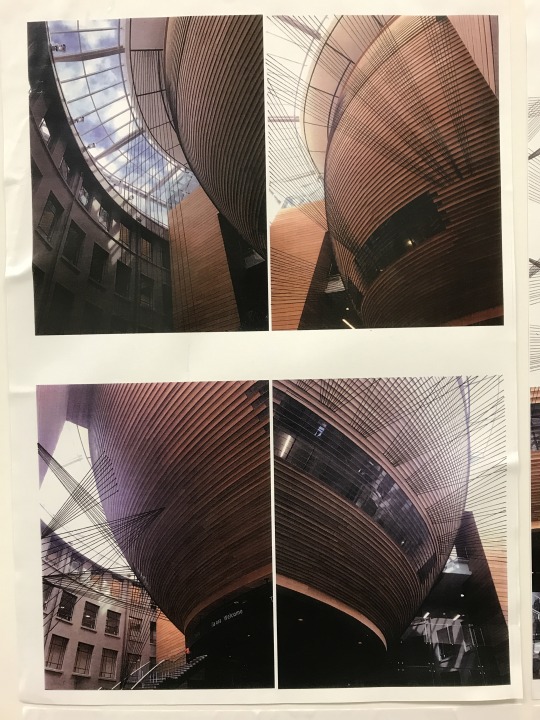
0 notes
Photo
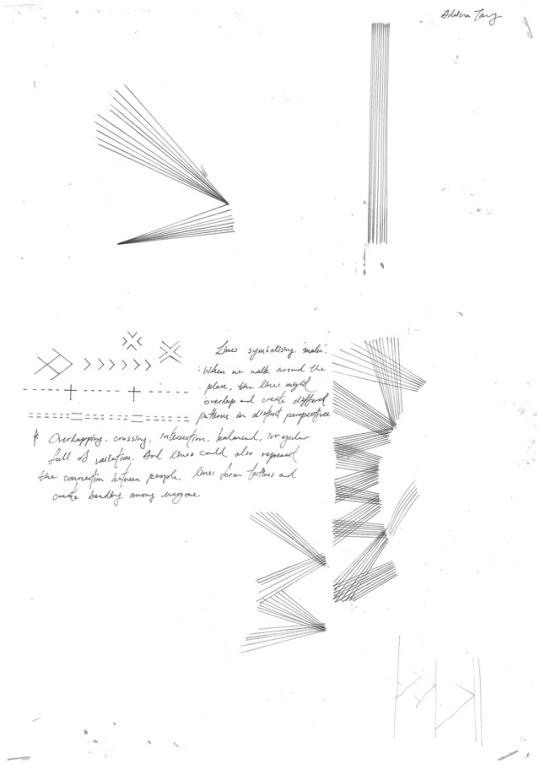
10/10/17
A draft of line drawing, which I’m planning to install around the kava bowl building.
0 notes
Link
Some references and inspirations for tattoo patterns of Samoan culture, I have planned to use straight lines to create an installation around the kava bowl building. The lines would resemble the traditional tattoo patterns, and symbolise the link between people in the same village.
0 notes
Link
This article talks about the history and meanings of ‘tatau’, and some common patterns. They all have different stories and meanings, which is very interesting. It also talks about the position of the tattoos and the purpose of getting it.
“In ancient Samoa, tattooing also played a hugely important role in both reglious rituals and warfare. The tattoo artist held a hereditary and by the same vein, a very highly privileged position. He usually tattooed groups of six to eight (usually men) during a ceremony attended by friends and relatives. The Samoan warrior’s tattoo began at the waist and extended to just below the knee.”
0 notes
Photo
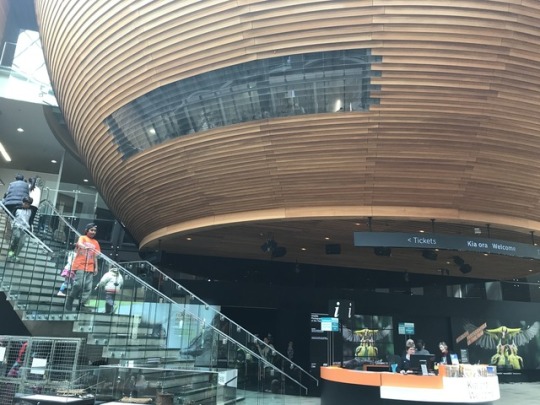
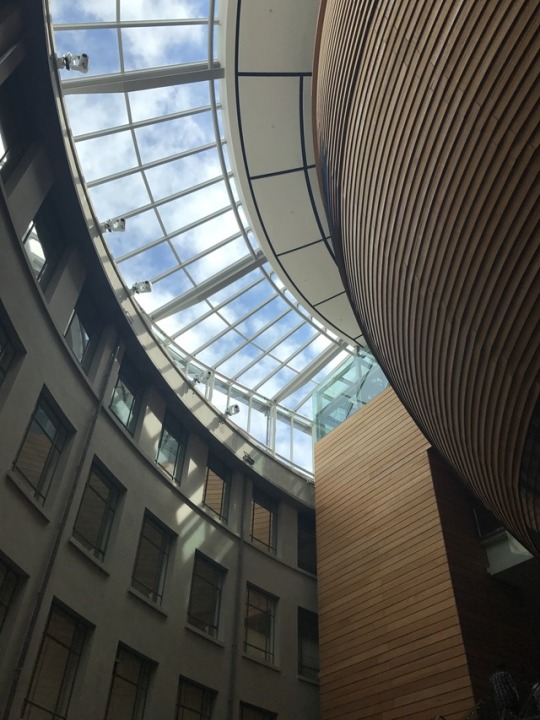

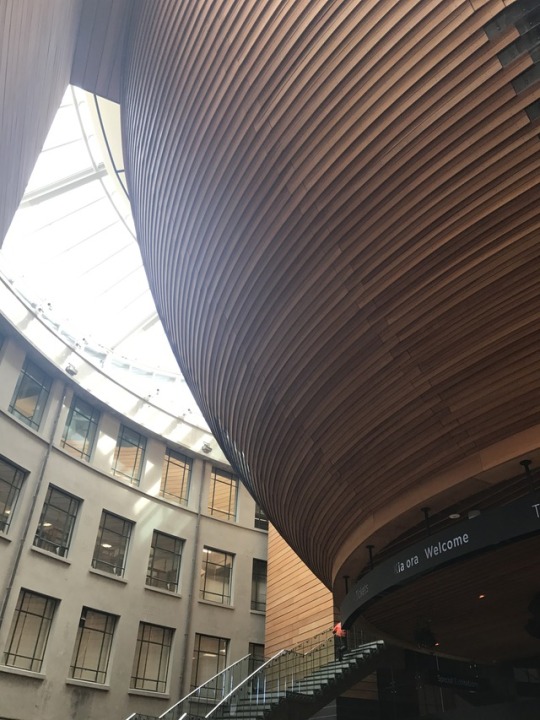

5/10/2017
More photos from the visit, I have taken some panorama photo in order to study the whole view of the kava bowl as well. The sunlight was really good for photo-taking;)
0 notes
Photo
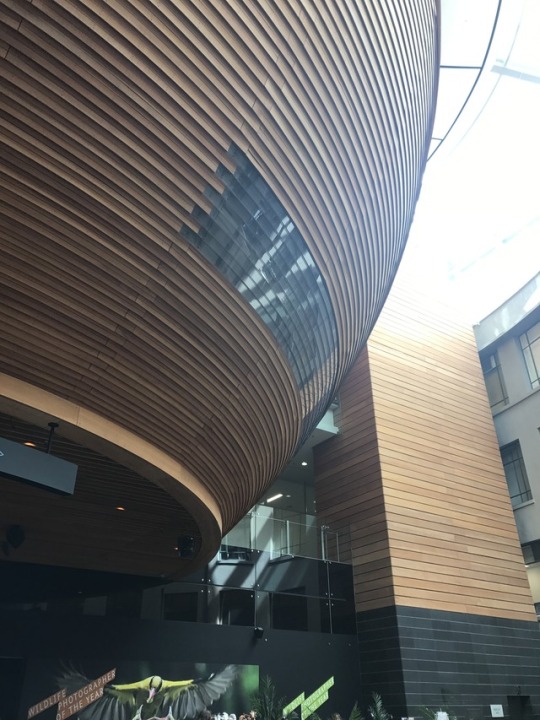

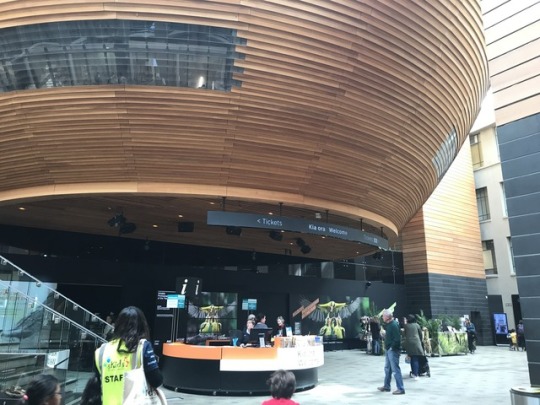
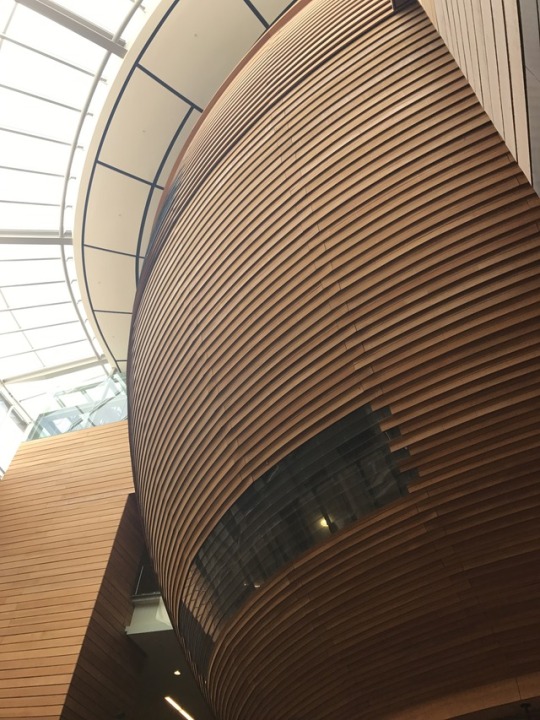

5/10/2017
Photos that I taken during the first visit to the museum, it is a very busy area, people walking around all the time. The shape and texture of the kava bowl is a good place to work on an installation, especially for the lines of wood on the building.
0 notes
Photo
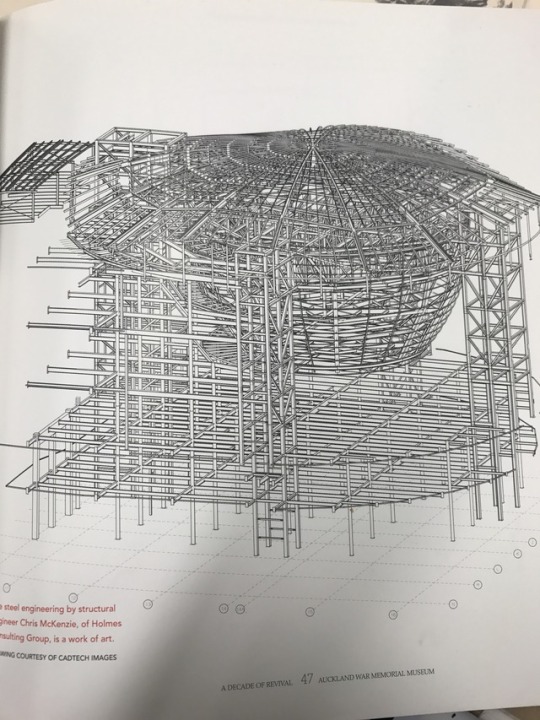
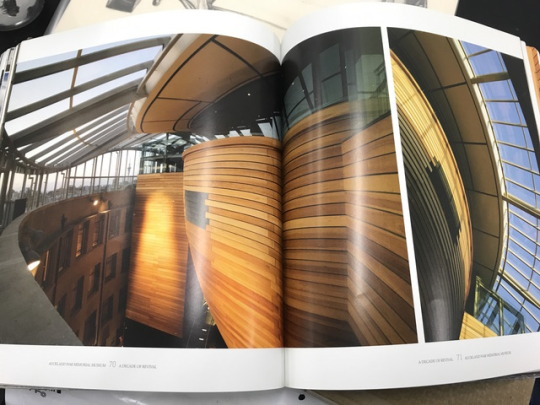
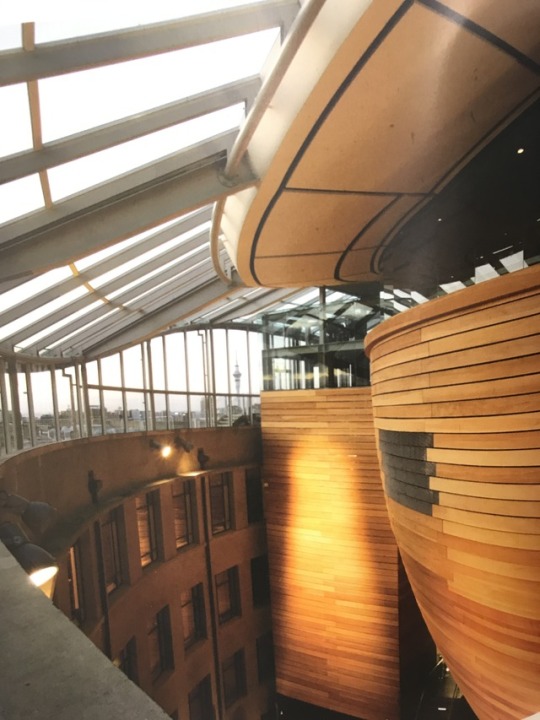
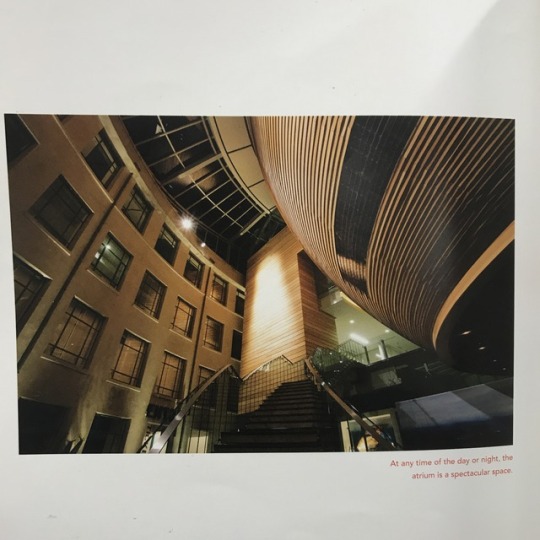
Different angles of the Kava bowl architecture, I really like the glass roof top which allows natural sunlight to shine on the architecture, creating a sense of harmony and peace, and showing the natural beautiful colors of the wood.
0 notes
Text
Photo resources from book
1/10/2017
Photo resources from the book ‘A Decade of revival, Auckland War Memorial Museum’ to get more ideas about the space


0 notes
Photo
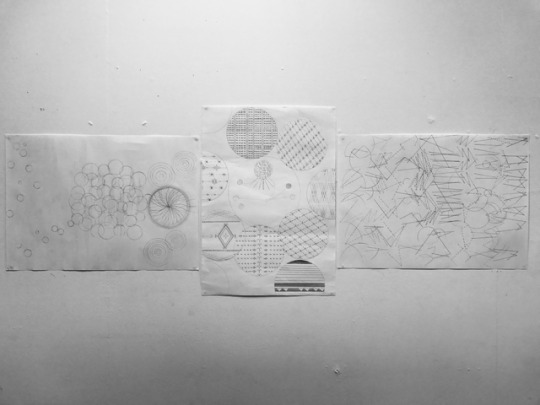
FINAL PRESENTATION OF THE ASSIGNMENT 25/8/17
The placement of the 3 drawings.
0 notes
Photo
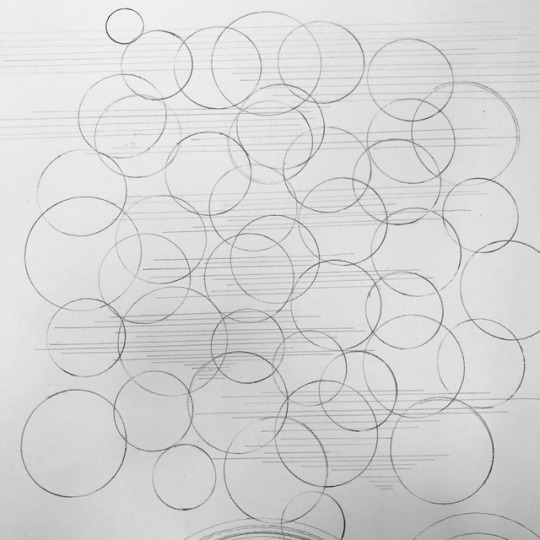
UNITY & POWER OF SAMOAN 23/8/17
This drawing is basically talking about the preparation of the ‘ava ceremony, and how does this function brings everyone in the village together. Suppose all the people are just an individual circle. However with this activity, it brings everyone together. Everyone is linked and connected, work together to treasure the culture and story of the Samoan family. Therefore, all the circles become overlapping to each other, it is no longer some individual circles anymore, people are linked and form a bigger shape together, just like cells joining and growing together. No matter if they are in different positions or having high or low rankings in the village, everyone would still gather in the ceremony and to me this really shows the power of unity. For the straight repeating lines, it indicates the speech ‘solo’ of the chiefs. As the ceremony begins, everyone would lower their voice and even whisper, so the lines are short and in dot form. Later on, when it comes to the solo speech of different chiefs, it becomes louder and longer, more like a proper speech. Even though the high ranking chiefs might be using some high level language (which only ‘matai’ and the’ aumaga’ can use and understand it) The speech is usually about some poem or story, talking about the legendary story of the ‘ava drink and the village, etc.
References: Course reading material; Tuvale, Te'o, ‘An Account of Samoan History up to 1918′
0 notes
Text
TRADITIONAL AVA CEREMONY OF SAMOA
TRADITIONAL AVA CEREMONY OF SAMOA
Learn your Samoan History - Le Fa'aSamoa
I wanted to address the Traditional Ava Ceremony of SAMOA. There are many Samoan names for the Ava Ceremony such as the Fono Ava or the Taumafa Ava I was wondering what are other more Traditional names for the Ava Ceremony?
In Samoa many High Matai's etc have Ava Titles or names by which there own Ava Cups are known for example Tui Manu'a his cup was known as, "O LE IPU A TUI MANU'A". No one in all of Polynesia could use the term, "O LE IPU" as the name of there Ava drinking cup for it was a term only used for Tui Manu'a.
Mauga one of the highest Chiefs of Tutuila's cup was referred to as, "SE UGA LOLOA".
THE AVA CEREMONY (BRIEF DETAILS)
1. SAOFAFAI ALII O LE MALAGA I LE MAOTA
The visitors are allowed to enter the village and are greeted by the hosting village. They are seated in a semi-circle facing the hosting villages semi-circle of Chiefs. As far as seating arrangements, every village has its own way of seating the chiefs, but it is always customary to seat according to the rank of the chief. The high ranking chief always enters from the front of the semi-circle and the lower ranking chiefs enter behind the high ranking chief or chiefs.
The hosting village, already seated in their semi-circle because they are hosts, have the taupou seated in the middle of the semi-circle in front of the tanoa (ava bowl). The taupou is the village virgin, usually the daughter of the high talking chief. The taupou plays a major role in this ceremony. She is trained to mix the ava the proper way, for any mistakes will result in total embarrassment to the chiefs and the hosting village as well. The taupou must be a virgin, for virgins are considered pure and this sacred ceremony should be pure and sacred.
The ava bowl has four to six legs. One of the legs will always be wider than the others, thus marking the proper way of placing the bowl in front of the taupou. The wide leg must face the taupou. Inside the tanoa the fou or coconut fibers are placed. The fou will be used by the taupou to squeeze the ava root into a drink. The taupou should not wear any jewelry, no flower in her hair or ear, no chewing gum. She is not allowed to speak nor smile throughout the whole ceremony. The taupou is to show her purity throughout the whole ceremony and nothing else. She is seated between two males adorned with the traditional pea, the tattoo from the waist to the knees.
The male seated to the left of the taupou is called the tautuava, and is assigned to serve the ava to the chiefs. The male seated to the right is called the suiava and is assigned to assist the taupou in mixing the ava. The suiava does not actually mix the ava but makes sure the right amount of water is added and that the ava is diluted and strained properly. Seated next to the suiava is the tufaava or also named foasoaava. The Tufaava is in charge of chanting out to the tautuava, letting him know when and which chief should receive the next cup of ava. Located four to six feet behind the Taupou, kneeling on one knee is the tafou. The tafou is in charge of catching the fau and ringing out the old squeezed ava and returning the fresh fau back to the Taupou. The Tautuava, Suiava, Tufaava and the Tafau are chosen from a group of young men in the village. This group of men is referred to as the aumaga. The aumaga are being trained to participate in the ava ceremony, usually at the time they reach manhood and have received their pea. The young men assigned to these special duties are considered to have the most experience in the ceremony among all the rest of the aumaga men and are in line to become a matai if the individual qualifies in the future. However, the aumaga men do not have any ranking status what so ever.
2. GASOLO MAI MATAI O LE NUU MA TUGASE
The village chiefs are called to bring the ava root. If the visiting village brings their own ava, then that ava will be presented to the hosting village as a gift and will be kept in front of the tulafale, the high talking chief who will be doing most of the talking throughout the ceremony. The ava root brought by the visiting village will not be used in the ceremony at all; it is only a gift to the hosting village. It is not customary for visitors to bring the ava, but sometimes a chief will bring their ava to show off that they can grow a good piece of ava plant.
3. SAO LE AUMAGA I TUAFALE
All the remaining aumaga men are called to come forth and have a seat behind the semi-circle. (Remaining aumaga men are the men other than the tautuava, suiava, tufaava and the tafau.) They must sit in the back behind of the tafau and are only used to do all the last minute errands for the tafau, tautuava or the tuiava. They are not allowed to step before the tafau. If there is anything that the tautuava or the suiava needs, it is the duty of the tafau to obtain it from the remaining aumaga men; and then the tafau, and only can the tafau, make any kind of contact with the tautuava or the suiava.
4. SUFI AVA O LE USU
The tulafale calls out for the ava roots to be brought fourth for the faifeau, the high priest, to look at and bless the ava.
5. A AMI AVA O IPU MA AO AVA O LE USU E SE TULAFALE TAULE ALEA
The high chief calls to bring forth the Ipu ava and to collect all the ava roots that were brought to the ceremony. (Ipu ava is the ava cup)
6. FOLAFOLA E LE FUATAUALA A LE MALAGA AVA O LE USU
The High Chief of the hosting village now addresses each chief who brought ava root to the ceremony.
7. PULE SE AVA MO LE TANOA
This is the time when all the chiefs have to agree on whose ava root to use as the drink for the ceremony. This point of the ceremony is referred to as the Battle of the best ava root. You may hear some loud shouting and arguing but that is all a part of this section of the ceremony. In this part of the ceremony a lot of the high language is heard. The chief who can out speak all the other chiefs in the ceremony will have the opportunity to use his ava root in the actual ceremony.
8. TUI LE AVA E LE AUMAGA
The chosen ava root is now taken to the back to the aumaga men to pound and prepare the ava root for mixing by the taupou.
9. SAU LE TEINE PALU AVA
The taupou is called upon to get ready for the mixing of the ava root.
10. FAI LE LAUGA FAATAU A TULAFALE O LE NUU
The tulafale gives a speech, but the speech is unknown because of the high level language used. Only the matai and the aumaga can use and understand it..
11. LAUGA LE TULATOA
The tulatoa or the orator of the ceremony gives a speech.
12. AMATA ONA PALU LE AVA MA TA LE FAU
Now the taupou actually starts the mixing. She washes her hands at the beginning of the ceremony. She sits straight up with her legs folded and palms of her hands at the rim of the tanoa at all times. When the grated ava arrives in the tanoa, the taupou takes the fau, covers the ava and places the palms of her hands on top of the fibers with her thumbs located at the bottom of fibers. She will stay like that until the tulafale gives the signal to start mixing, and she will only start after the suiava pours his first ipu ava of water. The taupou then gathers some of the ava in the fau, making sure none of the ava falls out when raising the fau. After securing the ava in the fau, she then proceeds to raise the filled fau up high so that the chiefs can view the liquid dropping from the fau, making sure none of the liquid travels down her arm and drips from her elbows. She then takes the fau filled with ava and squeezes three times, and three times only, making sure no liquid is dripping outside of the tanoa or down her arm. She then wipes the rim of the tanoa one time to the left and one time to the right and then very quickly, she tosses the filled fau over her right shoulder to the back where the tafau is patiently waiting to catch the filled fau. The tafau must make sure not to drop or miss catching the fau. The fau must never touch the floor for the fau will be considered contaminated and the tafau will bescolded in front of all the high chiefs, sent out of the ceremony and replaced with another awaiting aumoga.
The tafou then swings the fau to the left and right of himself wringing all of the used ava scrapings and thus making a clean fresh fau for the taupou. The tafau then hands the fresh fau back to the taupouover her right shoulder into her awaiting right hand. The taupou has to be staring straight ahead making sure not to look back at the tafau. The taupou and the tafau repeat this procedure three times and by then the taupou has to make sure she uses all of the ava scrapings and that no scrapsleft in the tanoa.
The tufaava then gives a signal to the taupou to raise the fau three times for the chiefs to inspect the droppings to see if the drink is ready for drinking. The tufaava then gives the signal that the ava is good. From there, all the chiefs will give three claps signifying that the ava is ready. The taupou then squeezes the fau for the last three times, and then she lays the fau on the right side of the tanoa rim. This also signals to the tafau that he can rest now that the ava is ready.
13. LAUGA LE FUAAUALA
The visiting village high chief gives a speech thanking the hosting chiefs and the taupou for a good job at mixing the ava after the mixing is done.
14. FAASO A LE AGATONU; AMATA I SE SOLO AVA
The chant given by the tufaava starting the distribution of the ava.
15. TULA I MAI LE TAUTU AVA
The tautuava is now signaled to stand up and begin the distribution of the ava drink. The tautuava does three scoops of the drink with his right hand and with the left hand behind his back. The fourth scoop is raised up to the sky making sure he is standing in front of the tanoa to show all chiefs the First Ipu ava. The tautuava waits for the chant from the tufaava letting him know whom to serve the first Ipu ava to.
The tautuava and the tufaava have to work together making sure they distribute the Ipu ava in the right order and that the Ipu ava is delivered in the proper way. The tufaava has to know which chief is of higher rank so that he chants in the correct order. When the tautuava receives the chant, he then has to know how to serve the Ipu ava. The high chiefs are served Ipu ava with both hands on the cup raising the cup high at forehead level and hands forehead level and hands the Ipu ava to the high chief from theinner palm of his right hand. That shows that the chief is a high chief. Any chief below the high chief is served in the same way but with the left hand behind the back. The Ipu ava is then handed to the chief coming from the tautuavas forehead making sure the chief receives the cup from the inner palm of the tautuavas hand.
When receiving the cup back from high chief and a chief below him, the tautuava must not turn his back to the chief. He must walk backwards back to the tanoa only then can he turn around to refill the Ipu ava. When serving the Ipu ava to a talking chief, the cup is served by the back of the hand coming from the chest level of the tautuava. When receiving the cup back from the talking chief, the tautuava can turn his back and walk back to the tanoa. The taupou at this point has to sit straight up with her hands on the rim of the tanoa. No one is allowed to get up and leave the ceremony at this time until the ceremony is done.
16. FAI SE SOLO E MOTO AI LE AVA A LE FAASOA AVA
The tufaava announces the ceremony is nearing the end and that the last cup will be served soon.
17. MUAO MA TAAPE LE AUMAGA
The aumaga men sitting in the back are dismissed from the ceremony.
18. FOLAFOLA FONO O LE AVA
Announcing that the ceremony is done.
19. TAAPE LE USU
The hosting villagers are dismissed.
20. SAUNI MAI LE MALU TAEAO
The hosting village gets the big feast ready.
21. MUAI TAI MAI SE SUA A LE TAMALII O LE MALAGA
The visiting village gets served a big feast.
22. SAU LE SII LAULAU O LE TAUMAFATAGA
After the big feast then everyone just relaxes. But this is when Chief Thomas and the chiefs below him talk about the wedding plans. This is a long process that sometimes goes on for two to four hours. The ceremony is rarely practiced here in Hawaii but when it is, its usually a fast version unless someone really important like the Governor of Samoa were to visit church here, in which case it would be done in traditional style. In Samoa the ava ceremony is practiced whenever there is an official gathering of the chiefs. And it is always practiced in the traditional way. The ceremony is a culture that is still going strong, a culture that is still run by a Matai or chief system. The way of a Samoan is to always have respect, respect for your elders and high respect to the ones closest to God. Samoa I Sisifo Ma Sasae.
Lynn.
Reference: SAMOA MO SAMOA
0 notes
Quote
Bowl - tanoa Tanoa bowl on its side, coconut shell drinking cup (ipu 'ava), leaves of the kava plant and strainer The bowl in which the drink is prepared is called a tanoa or laulau. The former word is the more frequently used. The bowls vary in size from twelve to thirty inches and they stand on short rounded legs varying in number from four to twentyfour. It is unusual to find a bowl that has a greater depth than six inches and the majority are perhaps not more than three or four inches deep. A brim of a width varying according to the size of the bowl runs round the top of the tanoa, and a flange or sometimes a projecting piece of the original wood is left under the bowl. This is pierced by a hole through which a piece of afa (native sennit) is threaded for suspending the bowl from a house post. The tanoa is usually made from the wood of the ifilele tree (Intsia bijuga), a hard-grained timber of a reddish-brown colour. When the bowl was finished it was soaked in fresh water for a considerable time to remove the woody smell. 'Ava often was also allowed to remain indefinitely in the tanoa in order that the inside might acquire an enamelled appearance. This enamel or sheen is called tane. In earlier bowls the legs were tapered towards the bottom and reduced there to about a half an inch in diameter. Chiefs and orators, high and low, use the same type of tanoa. At ceremonies, the bowl used is that belonging to the chief or orator at whose house the ceremony is being held. Cup - ipu tau ʻava The cup used for distributing the 'ava is made from the half shell of a ripe coconut and it is cleaned and polished. It is sometimes ornamented with different designs, and with early European contact, it was sometimes decorated with inlaid silver. The Samoan name for this cup is tauau or generally, ipu tau ʻava ('ava cup). Strainer - fau The material for straining the woody fibre of the dried 'ava root is obtained from the bark of the fau tree (Hibiscus tiliaceus). This bark is stripped off and the outer skin removed. The remaining inner bark is then shredded and forms a type of stringy and fibrous mesh used to mix and strain the beverage in the wooden bowl.
Malama, ‘The Making of Modern Samoa’
0 notes
Photo
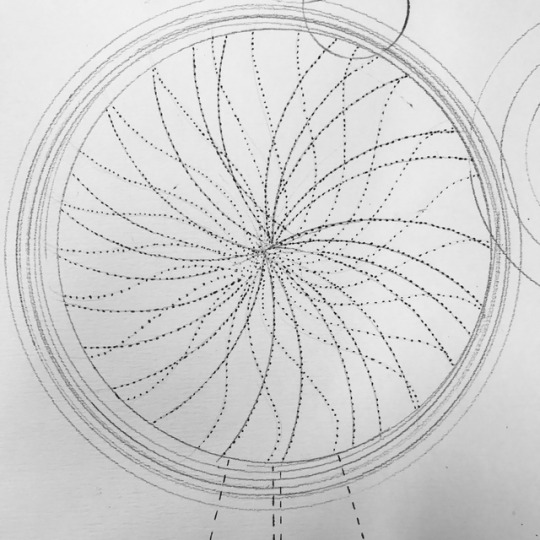
THE MAKING PROCESS OF THE ‘AVA BEVEREAGE 21/8/17
The preparation of the ‘ava drink is very serious and it is one of the most essential parts of the ceremony. The chief’s daughter ‘taupou’ would be the one to prepare the drink. The bark of the tau tree would be the strainer and keep stirring the beverage until it becomes a drinkable liquid. Therefore I created the spinning lines to represent the preparation process of the ‘ava drink inside the bowl.
0 notes
Video
youtube
A video talking about the group of Aganu'u Fa'asamoa 101 teaching their students about the traditional Samoan culture. Very encouraging and special✭
0 notes
